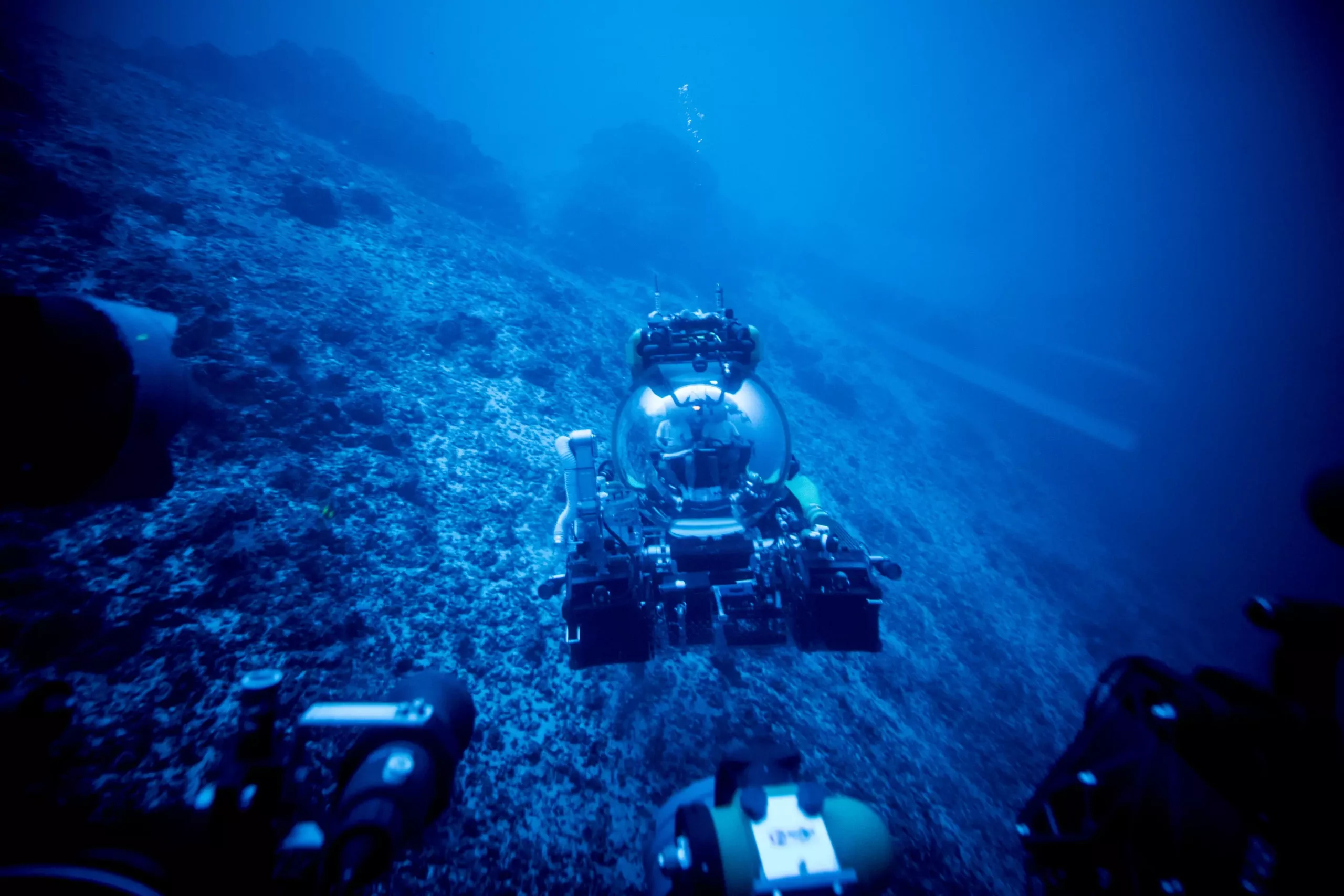Seafloor rocks, akin to mysterious books waiting to be deciphered, harbor untold stories about our planet’s history. Frieder Klein, an associate scientist at the Woods Hole Oceanographic Institution, believes that studying rocks is like reading a book, as they hold valuable information about the geological carbon cycle. Klein and his team recently conducted a groundbreaking study on the submerged flanks of the St. Peter and St. Paul Archipelago, revealing an astonishing narrative about the carbon cycle in oceanic transform faults. These findings challenge the long-held notion that transform faults are unremarkable areas with little significance in terms of carbon cycling.
Transform faults, where tectonic plates slide past one another, represent one of the Earth’s primary plate boundaries. Despite their immense global extent of approximately 48,000 km, scientists had largely overlooked CO2 emissions in oceanic transform faults. These sites were often dismissed as tedious regions due to their perceived low magmatic activity. However, Klein’s research has shattered this preconception, unveiling that the exposed mantle rocks along these fault lines possess the potential to act as significant CO2 sinks. Through partial melting of the mantle, CO2 is released and becomes captured in hydrothermal fluids, ultimately reacting with the mantle closer to the seafloor. This discovery exposes a previously unknown section of the geological carbon cycle, which had previously eluded scientific understanding.
Klein emphasizes that the failure to account for transform faults in previous estimates of global geological CO2 fluxes may have led to a significant underestimation of CO2 mass transfer and exchange. While the amount of CO2 emitted at transform faults remains negligible when compared to anthropogenic sources, understanding long-term geological emissions is vital to comprehend the natural fluctuations in Earth’s climate. Over geological timescales, emissions of CO2 sourced from Earth’s mantle have played a crucial role in regulating Earth’s climate and shaping the conditions for life. Before human-induced emissions dominated the scene, geological emissions were the primary driving force behind climate changes.
The significance of the interplay between carbon cycling and climate change cannot be understated. Natural climate fluctuations in Earth’s deep past are intrinsically tied to perturbations in the carbon cycle. To comprehend modern human-induced climate change, a comprehensive understanding of natural climate dynamics is essential. Klein’s research provides valuable insights into the long-term carbon fluxes between Earth’s mantle, ocean, and atmosphere systems. Over millions of years, enormous changes in these carbon fluxes have resulted in drastically warmer or colder climates than our present state.
To investigate the complex carbon cycling between Earth’s mantle and the ocean, Klein and his colleagues focused on the mineral carbonation of mantle peridotite and the formation of soapstone in the St. Paul’s transform fault. They discovered that the fault, fueled by subterranean magmatism, serves as a conduit for CO2-rich hydrothermal fluids. The carbonation process occurring within the peridotite creates a potential reservoir for the captured CO2. The team’s research suggests that the combination of low extents of melting, generating melts enriched in CO2, and the presence of peridotite in oceanic transform faults create ideal conditions for extensive mineral carbonation.
During a 2017 expedition to the area, the researchers collected rocks from the seafloor. Klein describes the experience as a dream come true. Although they had predicted the presence of carbonate-altered oceanic mantle rocks 12 years prior, locating them proved challenging. The team initially embarked on their expedition to explore low-temperature hydrothermal activity but came up empty-handed. The unexpected discovery of these rocks holds great promise for advancing our understanding of the geological carbon cycle and its profound implications for Earth’s past and future climate.
Frieder Klein’s research has opened a new chapter in understanding the carbon cycle, redefining our perspective on oceanic transform faults. These supposedly “boring” locations have emerged as crucial players in carbon cycling. By unearthing the mantle rocks exposed along the fault lines, Klein and his team have revealed their potential as significant CO2 sinks. This study highlights the intrinsic link between geological carbon emissions and Earth’s climate, emphasizing the importance of comprehending natural climate fluctuations to fully grasp human-induced climate change. The captivating tale hidden within the rocks offers unparalleled insights into Earth’s deep past and the forces that shape our planet’s climate and habitability.


Leave a Reply